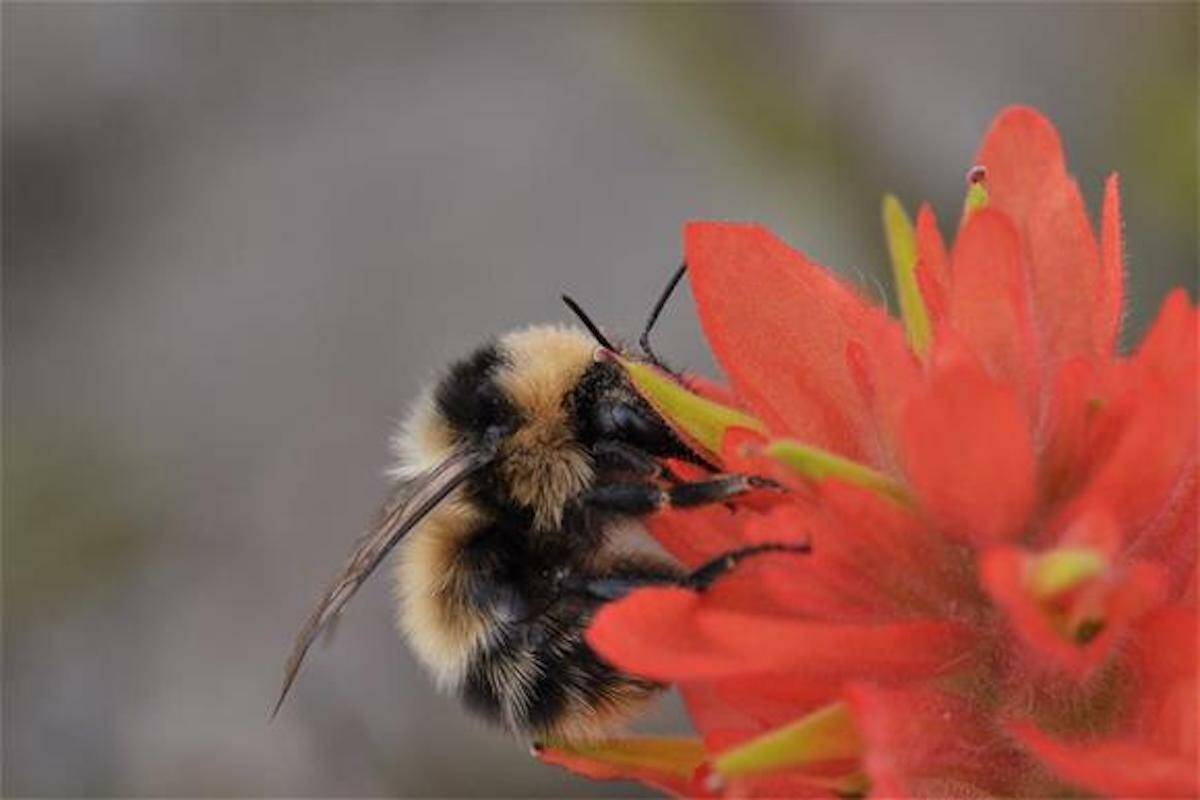A new study found temperature fluctuations due to climate change could be harming bumble bees.
Biology Letters researchers found temperature changes have negatively impacted most species of bumble bees over the past 120 years, noting that temperature changes have a more negative impact than other factors like precipitation or floral resources.
“Bumble bees are important pollinators for wild plants and for the crops humans rely on for food. That’s why we need to develop conservation strategies that account for the future impacts of climate change on bee populations,” said Hanna Jackson, study lead in the M’Gonigle Lab in biological sciences at Simon Fraser University.
Researchers analyzed a data-set containing records on 46 bumble bee species across North America between the years of 1900 – 2020. Two occupancy models were used to estimate the effects of climate change and land use, measuring where species are found, a news release said. They found that six bumble bee species decreased through time, 22 increased and the remaining 18 were stable.
Researchers emphasized nine species of bumble bee exhibited declines that link to changing temperatures within their ranges. The team did not find patterns in the other factors that were studied, such as precipitation. Only one species declined based on floral resources.
Researchers also found that temperature and precipitation both increased on average between 1900 and 2020. Temperature changes had primarily negative impacts on bumble bees with 37 of the 46 species exhibiting greater population declines or less positive increases in occupancy under observed temperature changes compared to if temperatures remained constant.
Both floral resources and precipitation had mixed results. Approximately half of the bumble bee species were negatively impacted by changes in precipitation or floral resources while the other half were positively impacted.
“Because bumble bee species likely vary in their future responses to land-use and climate change, conservation action should prioritize individual species, taking into account their unique climate and habitat preferences,” said Jackson.

